Driven by members on the frontline of ocean observing, EOOS is a framework focused on meeting the needs of stakeholders and users from the public and private sectors by being innovative, flexible, adaptable and responsive.
We move together in a changing landscape
EOOS in the ocean observing landscape
The EOOS framework brings together the main actors of ocean observing, from local to pan-European scale, to facilitate dialogue and collaboration and improve integration and coordination of all in situ ocean observing in Europe.
These actors include representatives of observing networks and agencies, national operators/implementers, research infrastructures, data aggregators, ocean coordinating networks and ocean observing funders among others. By bringing them together under its framework, EOOS is reducing the existing fragmentation of European in situ ocean observing.
If the ocean observing value chain is represented as a loop, the EOOS framework sits across requirements gathering and the processes used to collect in situ ocean observations.
In this way, EOOS enables improved coordination for a fit for purpose ocean observing system in Europe.
Governance
We are an alliance of voluntary partners spanning the public and private sectors. Ours is a bottom-up governance model in which nations are integrally involved, designed to evolve over time.
History
When the European Integrated Maritime Policy was being developed in 2007, the oceanographic and scientific community expressed the need for an end-to-end integrated and sustained European Marine Observation and Data Network (EMODNET).
EuroGOOS, the European Global Ocean Observing System, and the European Marine Board (EMB), the leading European think tank in marine science policy, developed and shared a framework for this concept in 2008.
Next, the European Commission took the necessary steps in 2008 to enable the setting up of an adequate infrastructure for marine data and information. This is now the current European Marine Observation and Data Network (EMODnet).
In the 2010 Ostend and 2014 Rome Declarations, the European ocean science community called for a truly integrated and sustainably funded European Ocean Observing System (EOOS). This would strengthen the data and information component being supported by EMODnet.
EuroGOOS and the EMB responded to this need in 2016 and convened a panel acting as the EOOS Steering Group.
Europe’s community of ocean data providers, infrastructure managers, technology developers, data users and broader ocean observing stakeholders overwhelmingly agreed with the concept of EOOS right away.
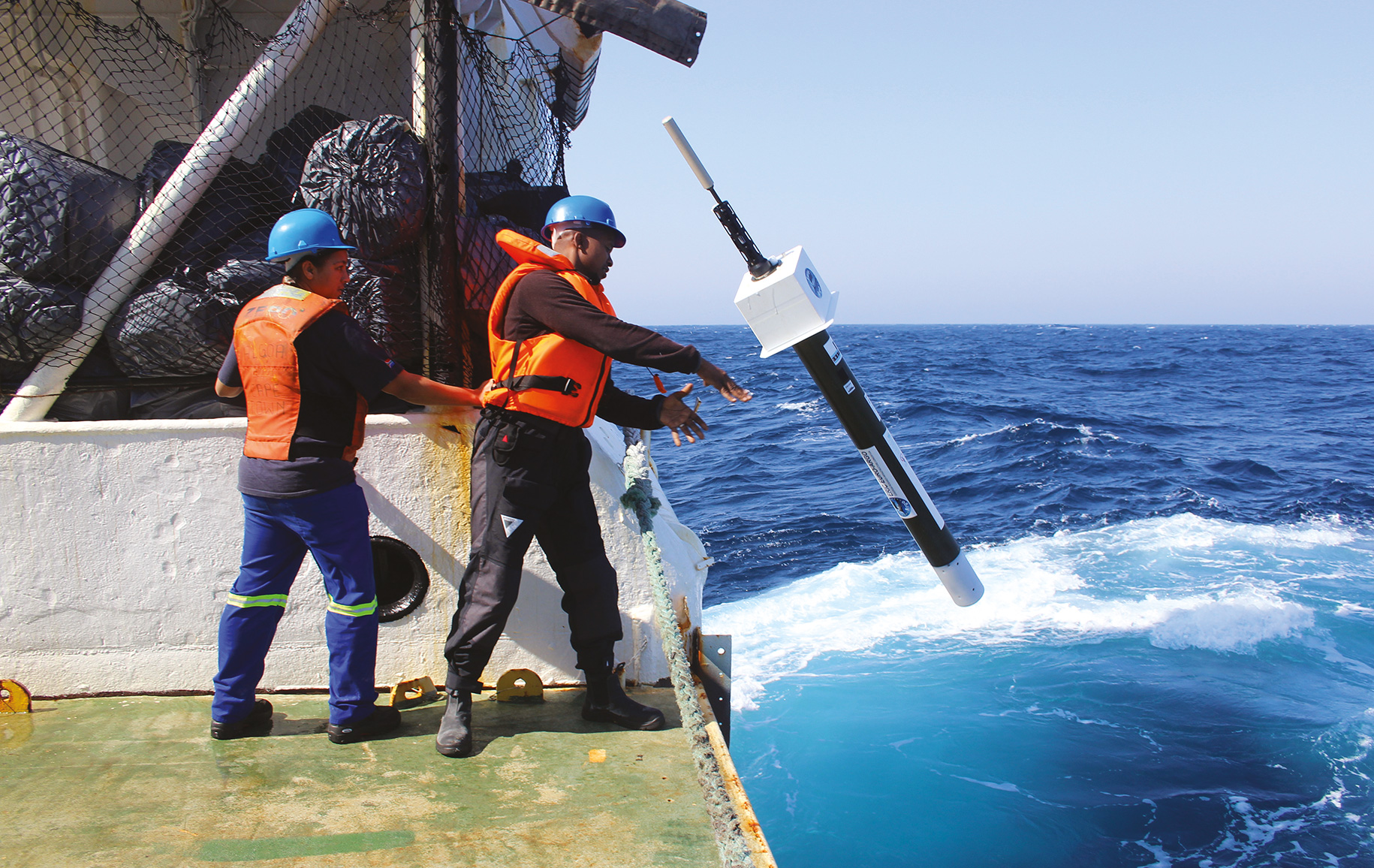
Tarron Lamont and Gavin Tutt. Photo: EuroArgo ERIC
An EOOS Strategy and Implementation plan was developed in 2018 for the communities actively involved. This set out the vision for EOOS until 2022.
The EOOS Advisory Committee was set up in 2018. An impressive number of stakeholders attended the EOOS Forum and Conference later that year.
In 2019-2020, EOOS governance was launched to transform the mood of excitement and optimism into action.
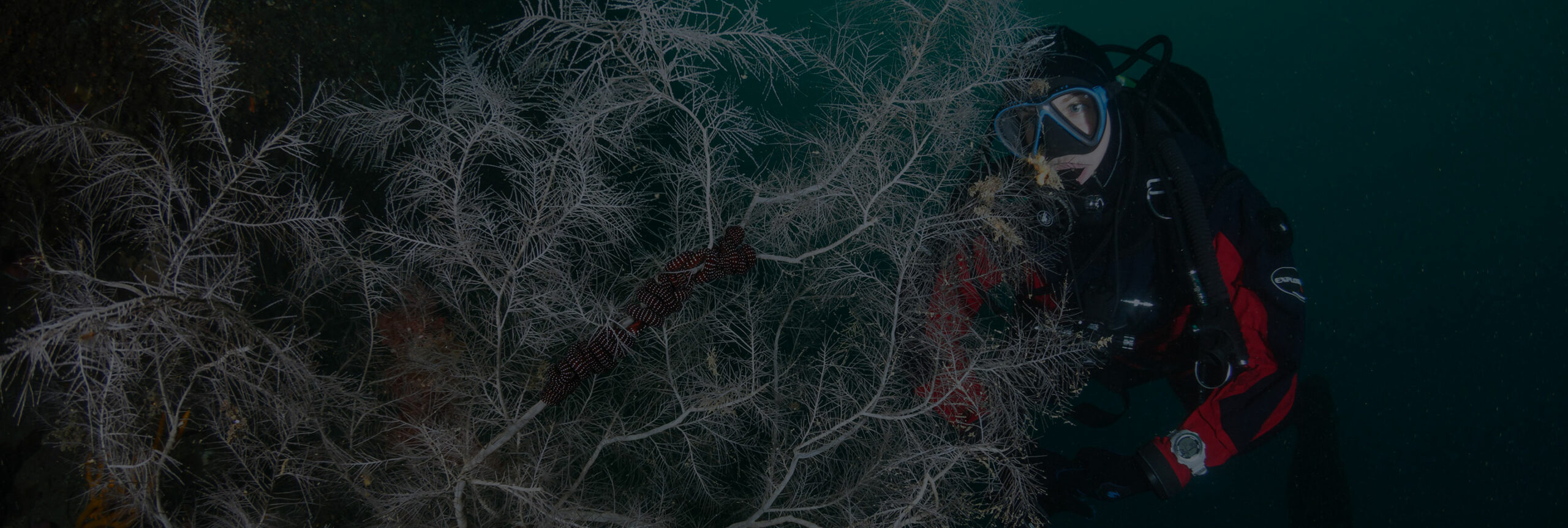
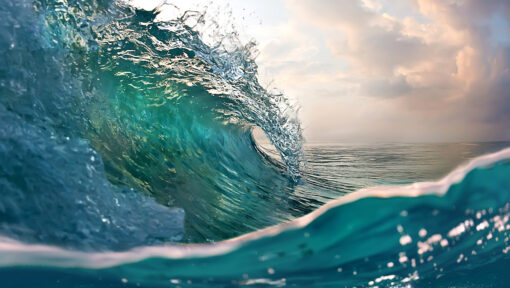 EOOS Steering Group submits key recommendations to 2025 MFF Consultation
EOOS Steering Group submits key recommendations to 2025 MFF Consultation
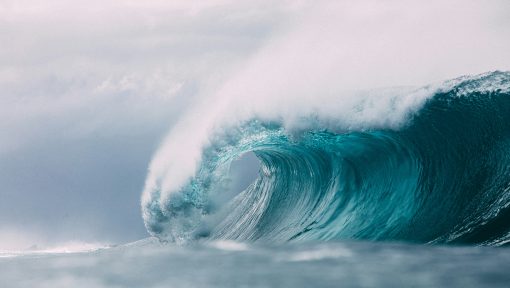 EOOS responds to the European Oceans Pact Call for Evidence
EOOS responds to the European Oceans Pact Call for Evidence
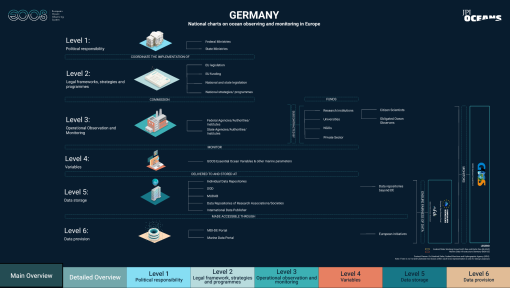 National Charts on Ocean Observing and Monitoring now available
National Charts on Ocean Observing and Monitoring now available